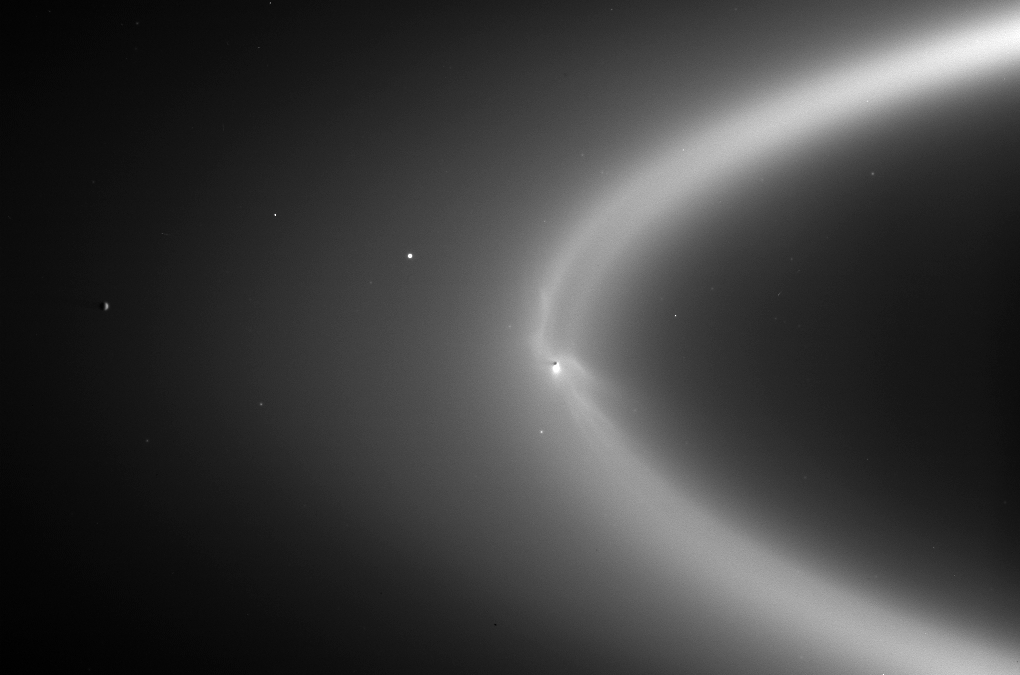Datei:E ring with Enceladus.jpg

Größe dieser Vorschau: 800 × 529 Pixel. Weitere Auflösungen: 320 × 212 Pixel | 640 × 424 Pixel | 1.020 × 675 Pixel
Originaldatei (1.020 × 675 Pixel, Dateigröße: 850 KB, MIME-Typ: image/jpeg)
Dateiversionen
Klicke auf einen Zeitpunkt, um diese Version zu laden.
| Version vom | Vorschaubild | Maße | Benutzer | Kommentar | |
|---|---|---|---|---|---|
| aktuell | 08:48, 8. Okt. 2020 | 1.020 × 675 (850 KB) | Vlixes | tiff, rgb | |
| 05:08, 11. Nov. 2007 | 940 × 675 (63 KB) | WolfmanSF | {{Information |Description=Wispy fingers of bright, icy material reach tens of thousands of kilometers outward from Saturn's moon Enceladus into the E ring, while the moon's active south polar jets continue to fire away. This astonishing, never-before-se |
Dateiverwendung
Die folgenden 3 Seiten verwenden diese Datei:
Globale Dateiverwendung
Die nachfolgenden anderen Wikis verwenden diese Datei:
- Verwendung auf ar.wikipedia.org
- Verwendung auf ba.wikipedia.org
- Verwendung auf bo.wikipedia.org
- Verwendung auf ca.wikipedia.org
- Verwendung auf cs.wikipedia.org
- Verwendung auf el.wikipedia.org
- Verwendung auf en.wikipedia.org
- Verwendung auf es.wikipedia.org
- Verwendung auf eu.wikipedia.org
- Verwendung auf fr.wikibooks.org
- Verwendung auf gl.wikipedia.org
- Verwendung auf hr.wikipedia.org
- Verwendung auf ja.wikipedia.org
- Verwendung auf ko.wikipedia.org
- Verwendung auf mk.wikipedia.org
- Verwendung auf ml.wikipedia.org
- Verwendung auf pl.wikipedia.org
- Verwendung auf pt.wikipedia.org
- Verwendung auf ro.wikipedia.org
- Verwendung auf ru.wikipedia.org
- Verwendung auf sk.wikipedia.org
- Verwendung auf uk.wikipedia.org
- Verwendung auf uz.wikipedia.org
- Verwendung auf vi.wikipedia.org
- Verwendung auf zh.wikipedia.org

